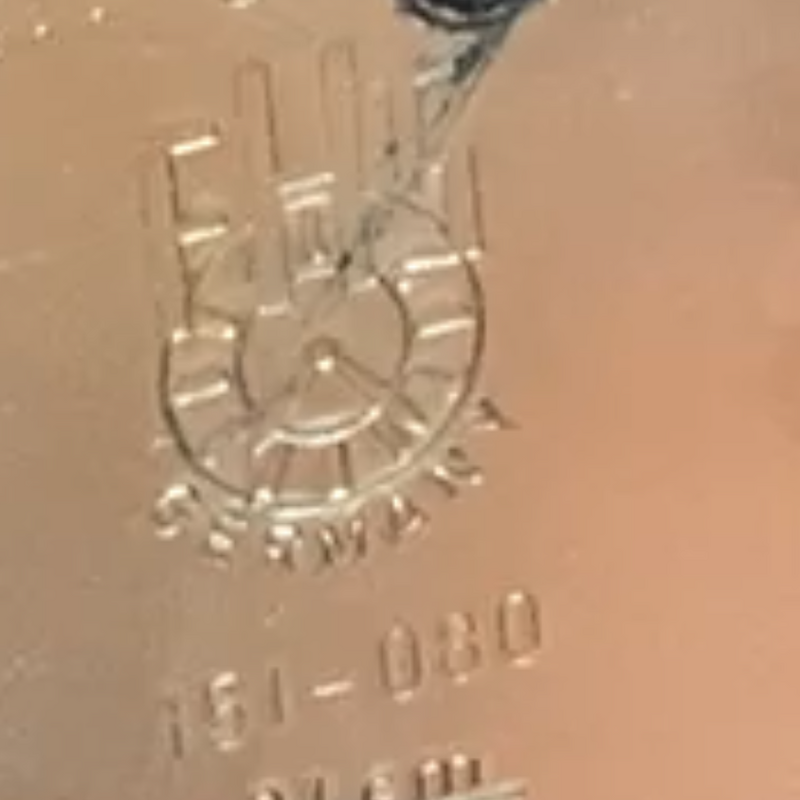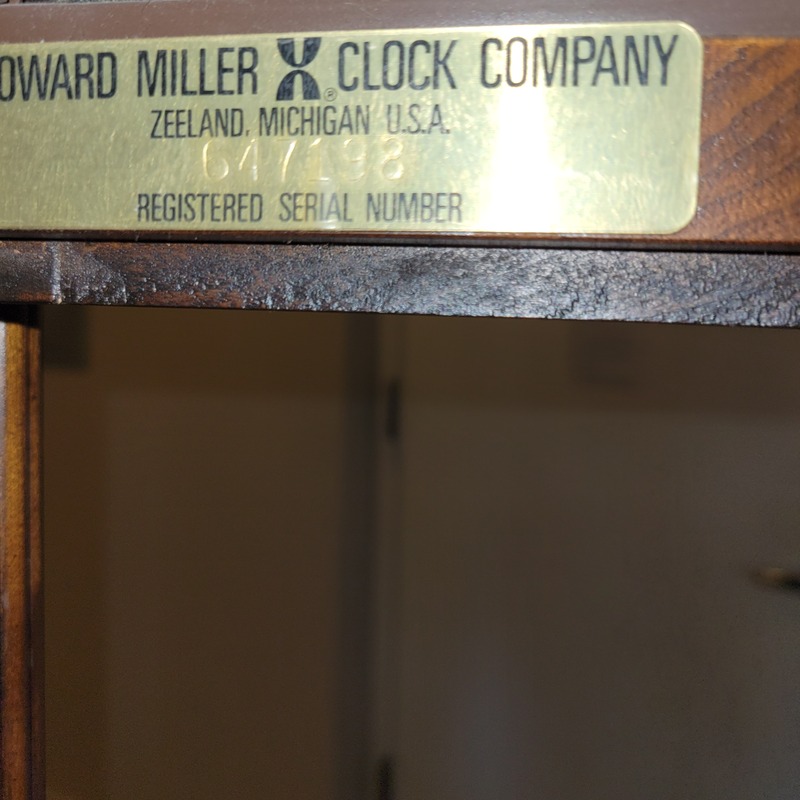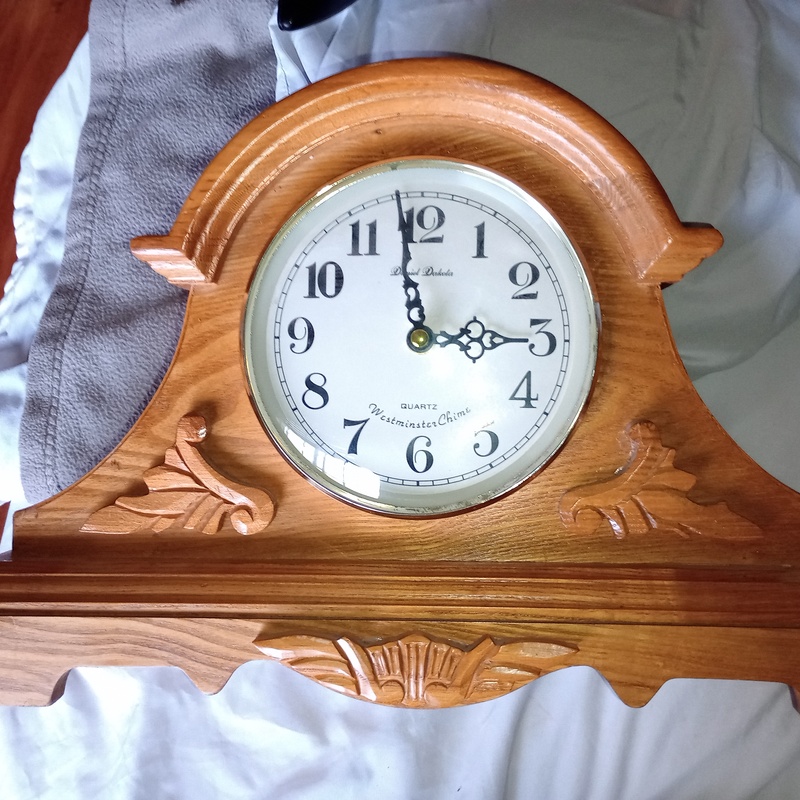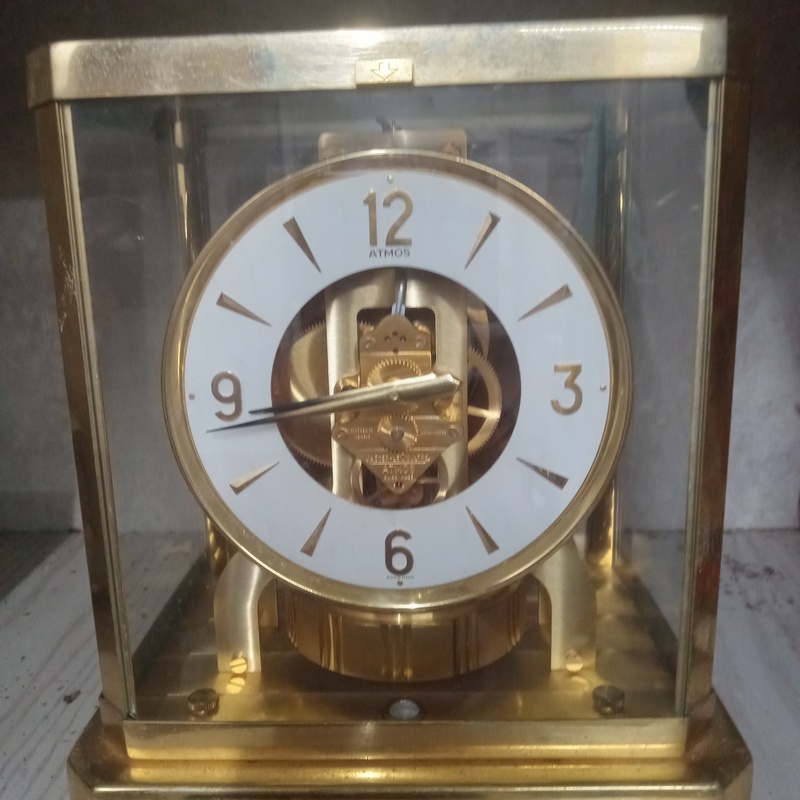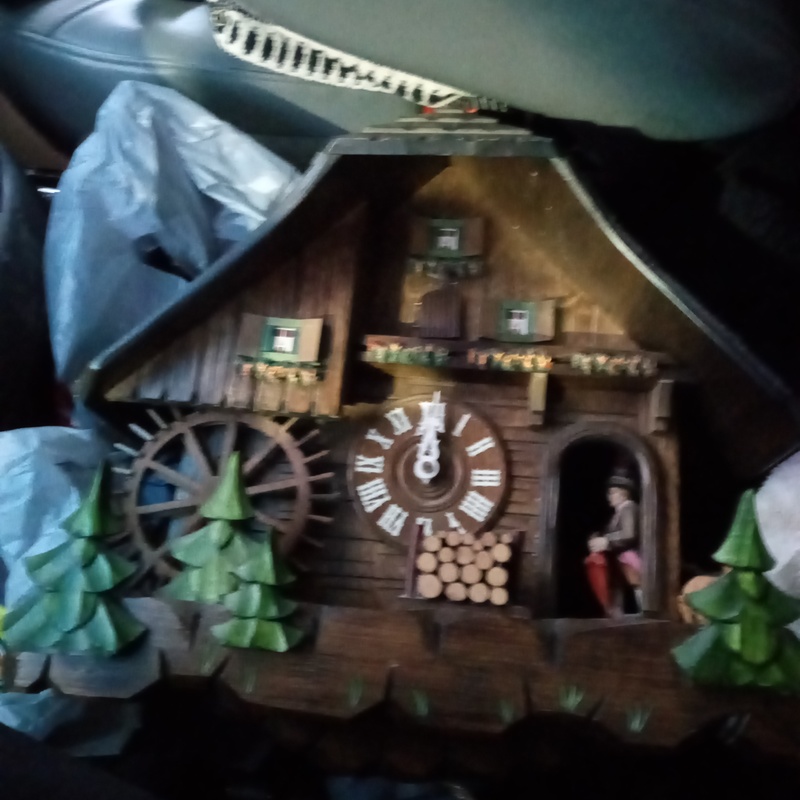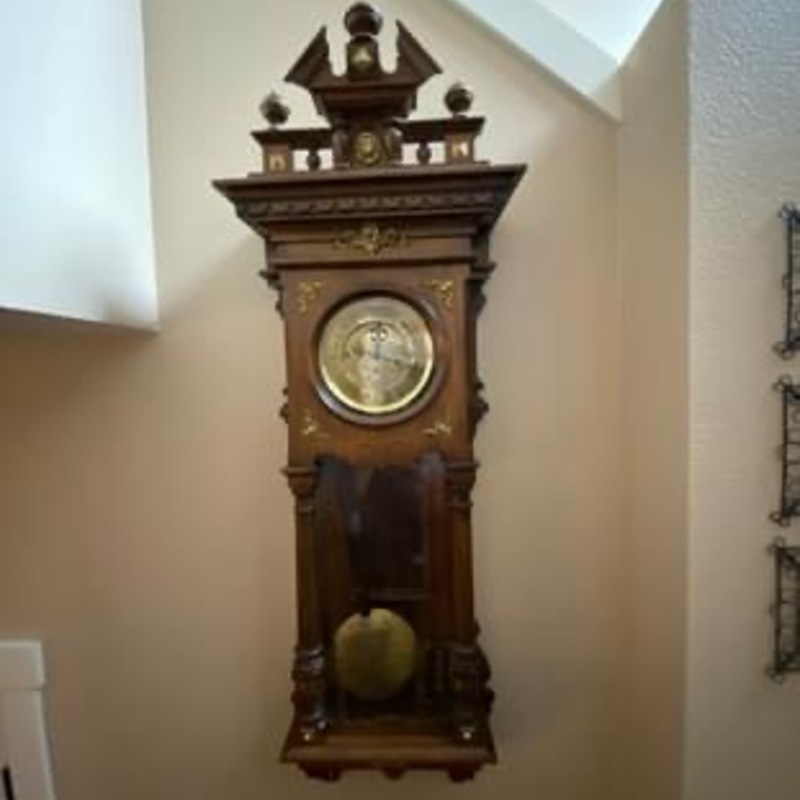





Mom’s Gustav Becker
We have had this clock in our house since I was a kid. My Mom said it was a Gustav Becker.
Nothing
Other
Yes


Hello Melissa,
Thank you for sending in this wall clock to mearto.com for an appraisal. I shall try to help you with that today.
TITLE:
Fine, walnut, three weight, eight-day time, strike and quarterly chiming, German wall clock in the Viennese style, reportedly made by Gustav Becker, Freiburg, Silesia, Germany, circa 1890-95.
DESCRIPTION:
Case: Height/width not reported, but estimated at 3.5 feet-4 feet tall. This is a walnut wall clock made in the manner of the earlier Viennese regulator with a carved complex pediment surmounted by an interrupted canted walnut moulding centering a plinth with wooden ball finial and Dore bronze decorative ornament on the face of the plinth. The lower section of the case pediment contains a balustrade centering a gilt lion head and flanked by Dore bronze pyramidal ornaments. Below is a frieze of partial rondels with a gilt winged ‘grotesque mask’ decoration applied. This sits above the rectilinear glazed dial door. The upper door has a round glazed section overlying the dial with applied Dore bronze foliate spandrels in the four corners and incised pinwheels at the base of the wood. The larger lower section is glass to allow viewing the descent of the three weights and the arc of the pendulum as it swings inside the case. The glass is flanked by walnut tapering columns (part of the door frame) terminating in vasiform shapes. Gilt ornaments are seen at the bottom of each column while the base of the door has incised curved decoration. The stepped shaped base pedestal is supported by corbels to either side with acorn shaped center finial and the pedestal has a Dore bronze anthemion over a gilt lion head and gilt applied rosettes at the bottom of the corbels. At the rear of the case there are partial columns and shaped stiles above and below sitting against the wall.
Dial: A repousse brass two-part dial with Roman hours, closed bar minute ring, foliate half hour markers, three winding apertures for the weights are seen in the recessed engine turned dial center
with steel fenestrated Teutonic Chippendale-style hands. The dial center is ornamented with repousse floral and foliate designs. The dial appears to be unsigned.
Movement: Not shown, but would be a rectangular solid brass plate movement with tubular pillars connecting the plates, powered by three brass canister weights of approximately eight-day duration. The strike was often a partial chime every quarter hour and full chiming and striking on the hour, but I cannot be certain of that since I have not seen the movement. Striking would be on a cathedral type gong. A long pendulum rod with brass bob swings below inside the case and is balanced using the white porcelain measure ruler at the base of the inside backboard.
If this clock is signed you will find the name or the logo of Gustav Becker (an anchor with GB) at the bottom of the rear brass plate next to the serial number.
CONDITION:
In excellent and beautiful condition with old patina on the surface not only on the walnut but on the brass dial as well. The application of the gilt spelts ornaments adds to the fine look of this typically German wall clock and if the movement is signed by G.B. it is made by one of the finest of the German clock companies.
If you decide to inspect the movement which usually sits on a shelf inside the case, it is secured with thumb screws. These can be loosened and the movement (**without the pendulum and weights attached) should slide out and you can check for a serial number. Here are a few dates/numbers you can use for comparison:
1875100,000-259,999
1880 = 260,000-499,999
1885 = 500,000-799,999
1890 = 800,000-999,999
1892 = 1,000,000-1,499,999
1900 = 1,500,000-1,849,999
HISTORY - Becker, Gustav (1819-1885):
Gustave Becker was born May 1819 in Silesia (Prussia). He learned clockmaking by visiting Viennese, Swiss and German clockmakers. By 1841 he was employed with a master clockmaker named Happacher in Vienna, making Viennese wall regulators. He traveled back to Silesia, married and set up a shop in the town of Freiburg. There he began to produce Viennese style wall clocks in a small factory with the help of school boys. In 1850 he was given some machinery by the government with the proviso that he hire 80 boys from poverty stricken families. He had to feed them and teach them the clockmaking trade. In 1852 his clock designs won a state medal. By 1854 he was awarded larger contracts. With these finances he was able to build a case making shop nearby. By 1860 his weight driven clocks were well known for quality of the movement and of the case materials and design. His name became a household word. By 1875 his clock output reached 300000/year and he was awarded the gold crown by Kaiser Wilhelm. His brass movements won awards throughout Europe and Australia between 1862 and 1885. By 1880 his business was hurt by the production of cheaper spring driven clocks from Germany. This forced Becker to compete in this market also. Many of the machines at his factory, which were steam driven, were of unique design for specialized purposes. His first priority was to combine efficiency with excellence of workmanship. Gustav died suddenly in Sept. 1885. Freiburg became a clockmaking center where several factories continued to follow Becker's model as a joint venture called the "United Freiburg Clock Factories A.G., formerly Gustav Becker. This firm used the Becker name as Becker A.G. and continued successfully until 1926, when it was taken over by Junghans. One of the characteristics of later Becker clocks (1880-1885) was the use of embossed brass in the center of his dials and on his brass weights and pendulum bobs. Occasionally we see square dials on Austrian wall clocks. Becker had numerous trademarks over the years; the most well-known and earliest was an anchor with a large GB alongside. These would appear on the rear plate of the movement. Gustav Becker clocks date from 1850 to 1933, with specific dates tied to clock serial numbers by patent information, sale catalogs, trade advertisements, contemporary articles, dated presentation inscriptions, and other available information.
COMPARABLES:
https://www.liveauctioneers.com/item/86965250_3wt-gustav-becker-vienna-wall-clock (sold for $700 in 2020)
https://www.liveauctioneers.com/item/39916182_gustav-becker-3-wt-wall-clock (sold for $425 in 2014)
https://www.liveauctioneers.com/item/53398331_antique-german-gustav-becker-3-weight-wall-clock (sold for $250 in 2017)
PRICING
I believe the fair market value of your mom’s wall clock, and I have priced it as if it were signed by Becker in some way, is in the range of $700-$800 in today's market. If the clock is truly unsigned the value would be reduced significantly, by about 40-50%. The retail value would be about twice the fair market value. I enjoyed doing this clock for you. Thank you for choosing mearto.com for the appraisal.
My best,
David

